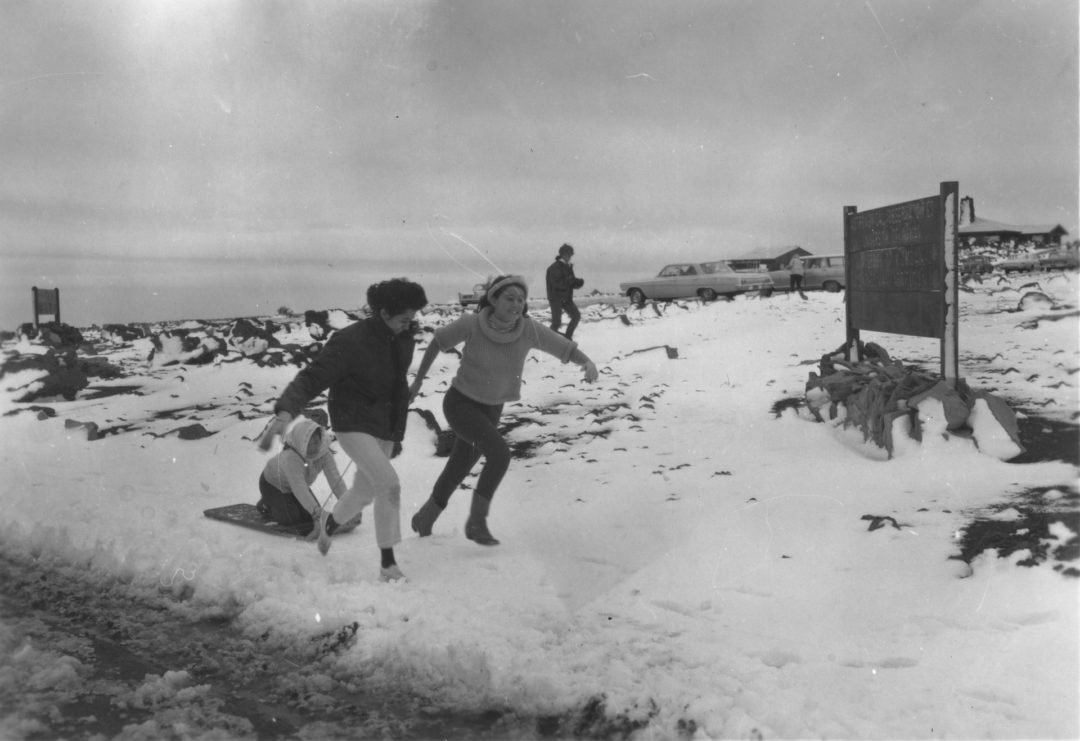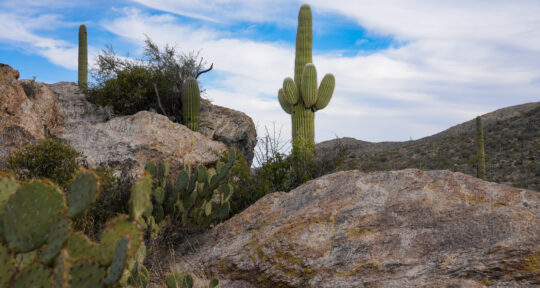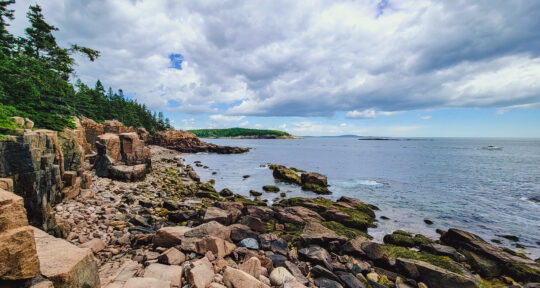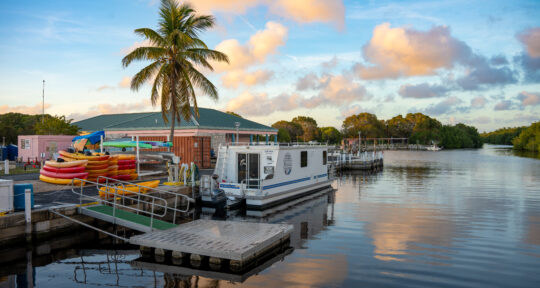The U.S. has been experiencing some pretty wild polar vortexes this winter, but unusually cold weather hasn’t just been affecting the Midwest. As of recently, Hawaii’s Haleakalā National Park—the last national park in America that anyone would think would be hit by a blizzard—has been closed due to extreme snowfall. The entrance to the summit, at 6,500 feet, has been gated and locked until further notice.
It’s not the first time snow has fallen on Maui, especially at points of higher elevation, but this particular snowfall is notable because it’s occurring at an exceptionally low elevation for the island. Polipoli Spring State Recreation Area, at a mere 6,200 feet, was blanketed with powder on Monday. Before that, the lowest elevation snowfall recorded had been at 7,500 feet on Haleakalā back in the 1950s.

Between six inches and a foot of snow has fallen on the Haleakalā summit, and according to the Hawaii Star-Advertiser, a ranger reported seeing four-foot snow drifts. There’s not a ton of equipment on the mountain to measure larger amounts of snow, for obvious reasons, so it’s hard to say exactly how much is there—but it’s enough that the roads and trails have been deemed unsafe.
The snow is the result of a low-pressure system that slammed into the islands on Sunday and continued through Monday. It’s also caused strong winds that have downed trees and knocked over power lines, as well as waves big enough that a strong surf warning has been issued. The system should move away from the islands by the end of the week, so vacationers can rest easy knowing the storm won’t last long.
And if any climate change deniers out there want to use this as some sort of evidence that global warming is not a big deal, allow me to remind everyone that there’s a difference between weather and climate. According to the National Centers for Environmental Information, “As global climate changes, weather patterns are changing as well. While it’s impossible to say whether a particular day’s weather was affected by climate change, it is possible to predict how patterns might change. For example, scientists predict more extreme weather events as Earth’s climate warms.”
There’s no denying that pictures of snow-capped Haleakalā framed by lush palm trees and blue water are gorgeous, but they also serve as a stark reminder that extreme weather caused by climate change is rapidly growing worse across the planet.
Now, if you’ll excuse me, I’m going to rewatch “An Inconvenient Truth” while crying into a poke bowl.






